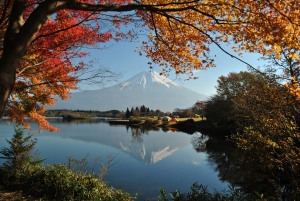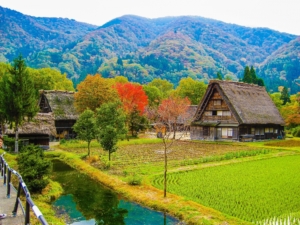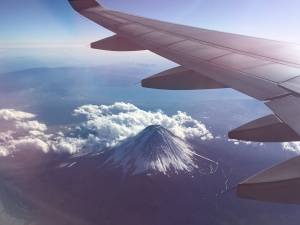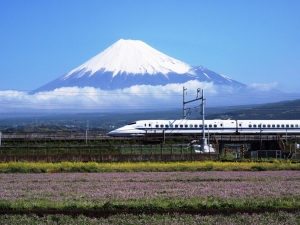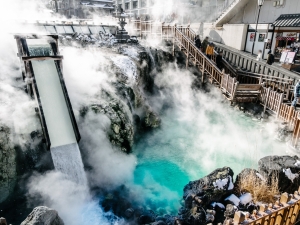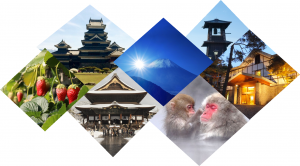About the Fuji Five Lakes
Mt. Fuji at 3776 meters is Japan’s tallest mountain and a still active volcano (although the most recent eruption was 300 years ago). Some of the eruptions formed lakes which are now popular places from where to see or from where to start climbing Fuji. The Fuji Five Lakes (富士五湖), called Kawaguchi, Motosu, Sai, Shoji, and Yamanaka, are popular lake resorts for fishing, camping, hiking, and sightseeing.
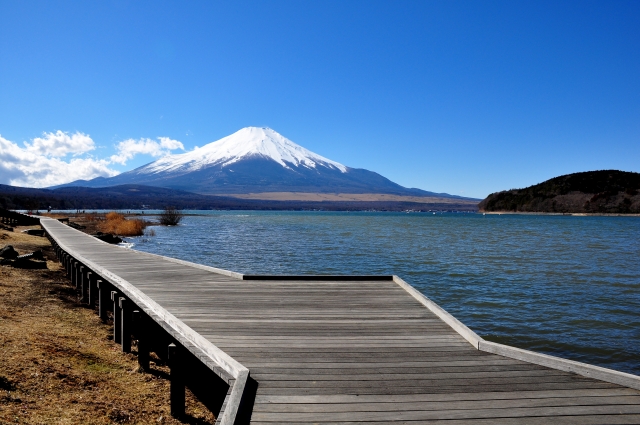
The most popular and easily accessible lake is Kawaguchi (河口湖). This lake is the one most often seen on photos. The other 4 lakes are not as easily accessed and have fewer things to do. Most of the below attractions are located around Lake Kawaguchi.
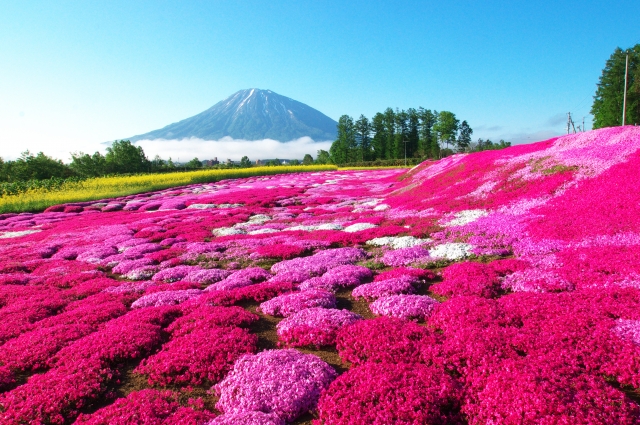
The Shibazakura Festival is a festival in late April and early June where you can see field after field of pink and white colored moss or phlox moss. This festival is the most popular festival of its kind, and is frequently visited on especially weekends and national holidays.
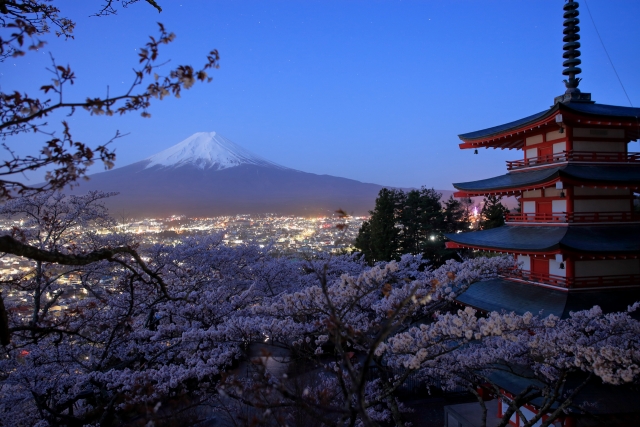
One of the most well-known views over Mt. Fuji is with the Chureito Pagoda in the foreground. The fire-storied pagoda is one of the buildings on the Arakura Sengen Shrine complex and was built in the 1960’s as a peace memorial. The pagoda is particularly beautiful in early spring when the cherry blossom trees on the complex bloom, or in autumn, when the trees color red and orange.
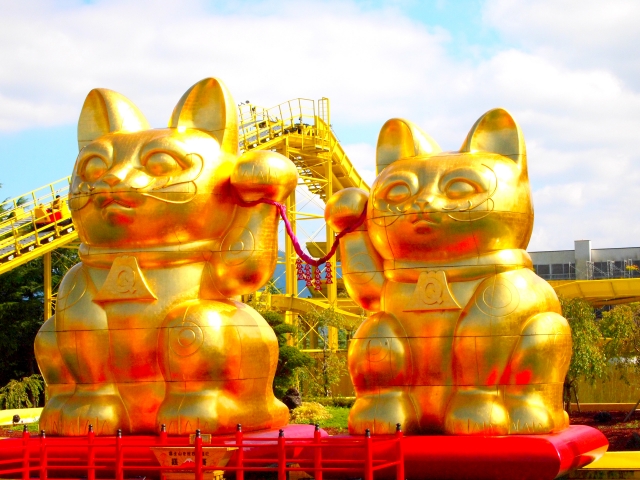
Fuji-Q Highland is an amusement park with some of the world’s most extreme attractions. The roller-coasters are some of the highest and the fastest in the world, with some of them Guinness Record holders. From the top of some of the roller-coaster you get a beautiful view of Fuji.
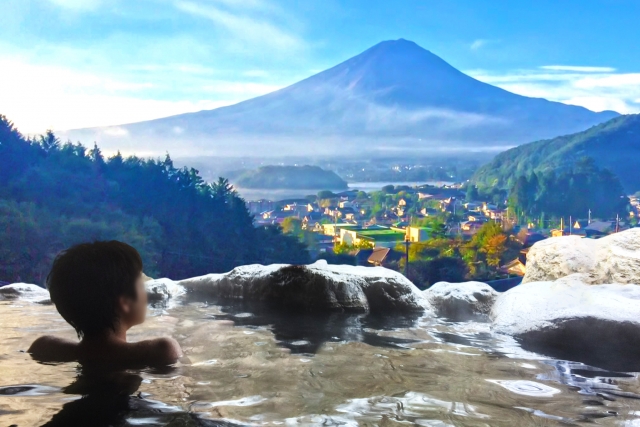
Another attraction of the Fuji Five Lakes, are the Japanese hot springs. There are many Onsen facilities and ryokan around Mt. Fuji. Many of the ryokan’s onsen are only for guests that stay overnight but some, like Hotel Mifujien, are open to day-trippers and offer a nice view over the mountain. Fujiyama Onsen, an onsen facility right next to Fuji-Q Highland, is an onsen facility where you get a lovely view over the mountain as well.
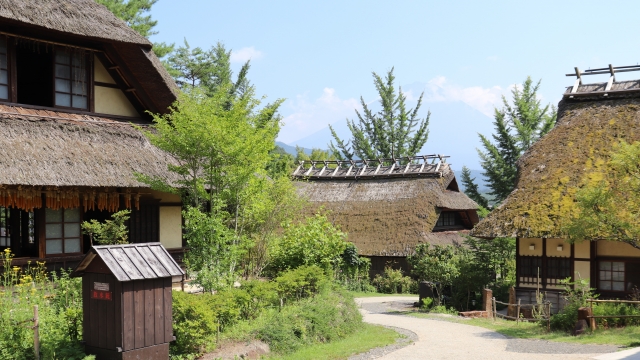
Around Kawaguchi and Sai there are several interesting museums as well. The Village of Healing or Iyashi no Sato as seen above is an open air museum where you can see the way people lived centuries before. The Kubota Museum is a museum exhibiting many of the silk-dyed kimono’s made by Kobuta Ichiku (1917-2003). Highlight is the Symphony of Light, a collection of 80 kimono’s that, when connected, show a picture of Mt. Fuji. Ukai Orgel no Mori or the Music Forest is a theme-park/museum dedicated to automatic instruments. There are many more museums to explore!

The Kachi Kachi Ropeway takes you up to an observation deck to the top of one of the mountains around Lake Kawaguchi. This panoramic deck looks out over the lake and Mt. Fuji in the back. There is a hiking trail going to the deck for those wanting to get some exercise.
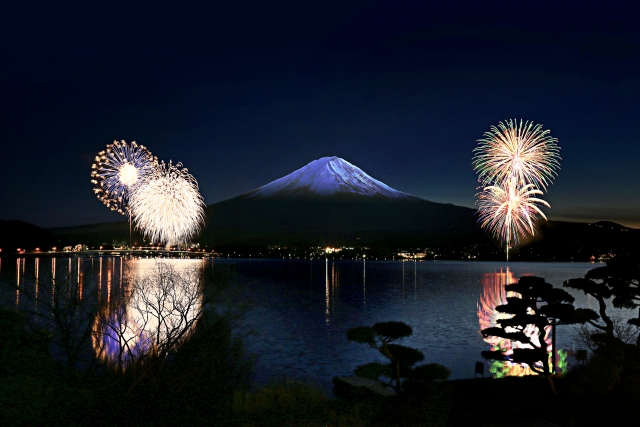
If you want to see Mt. Fuji reflected in the lake at night, a firework festival is the perfect occassion. Kawaguchi holds one such a festival in early August. Traditional dances will be performed before the main event; the fireworks.
General Information about the Fuji 5 Lakes
Travel Tips
How to get Lake Kawaguchi
Tokyo Station → Kawaguchi-ko Station:
1. From Tokyo Station to Kawaguchi-ko Station (2 hours):
Take the bus heading to Kawaguchi-ko and Yamanaka-ko from Tokyo Station to Kawaguchi-ko Station.
Recommended Reads


